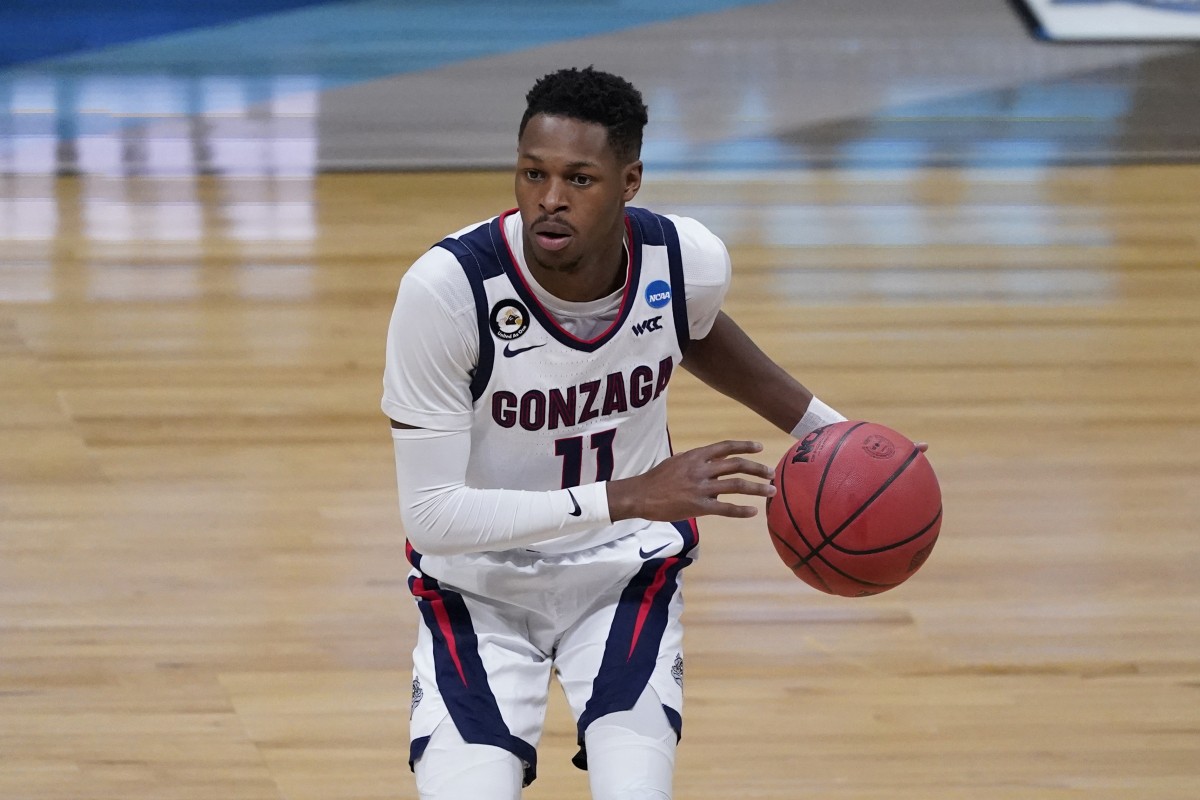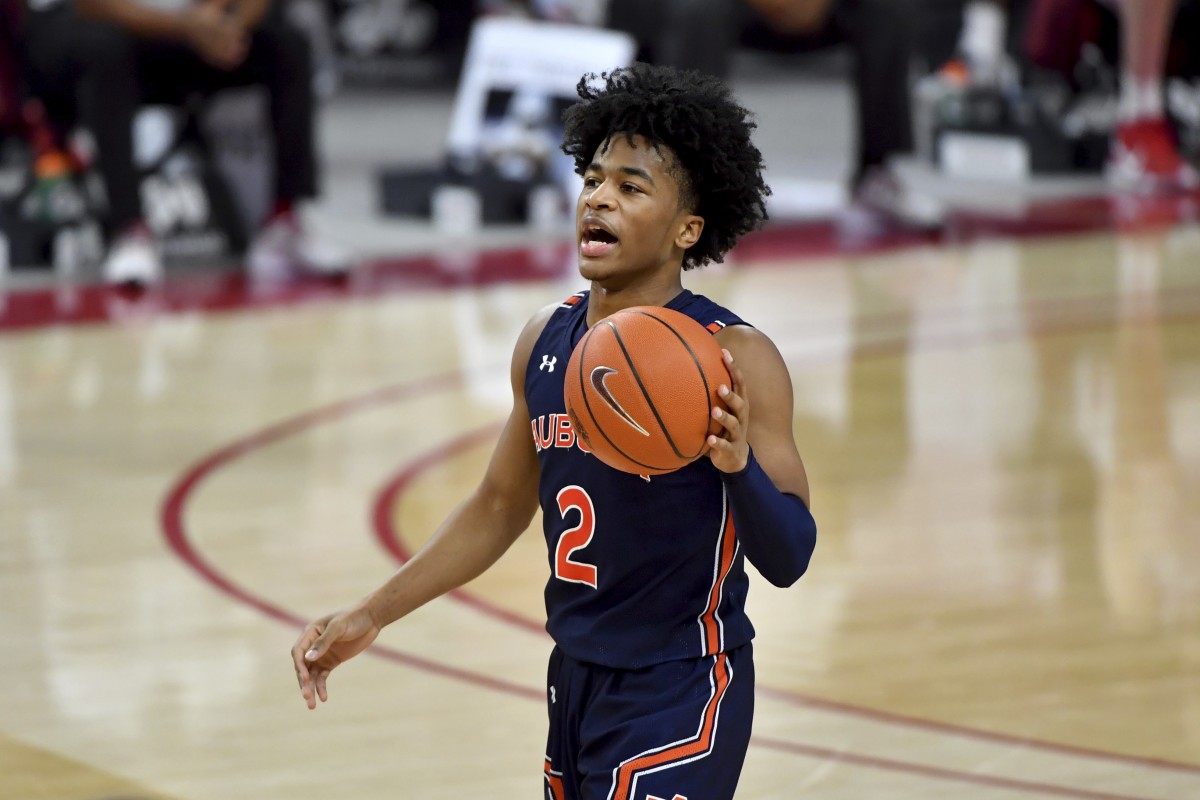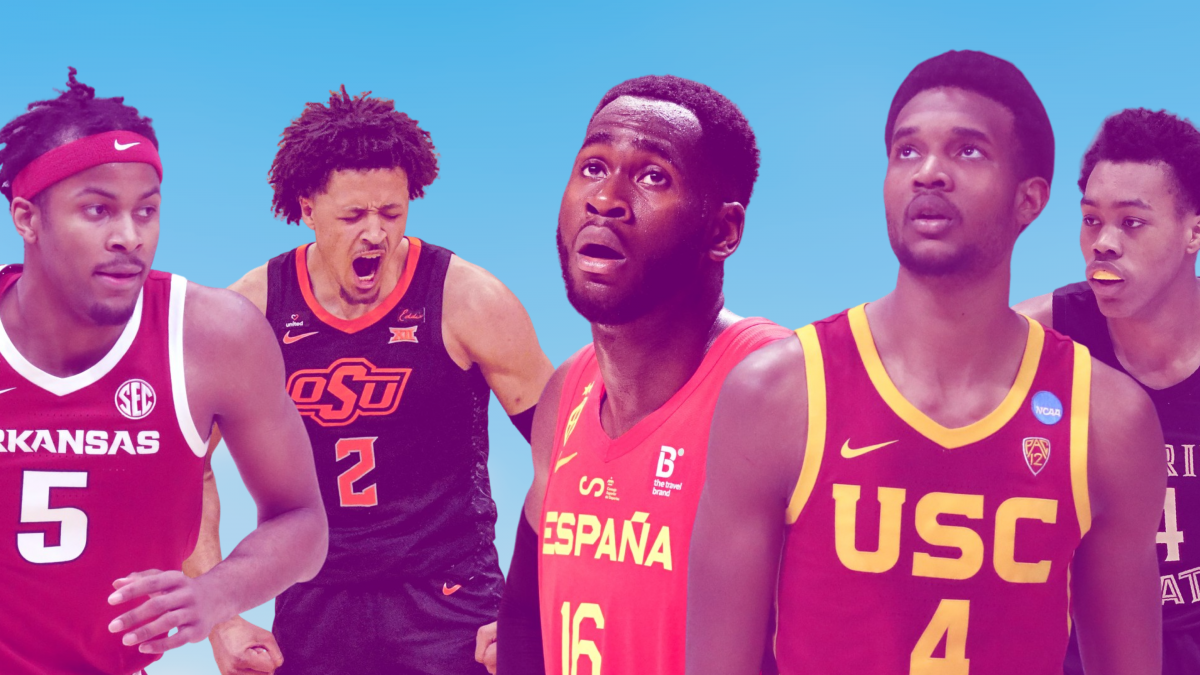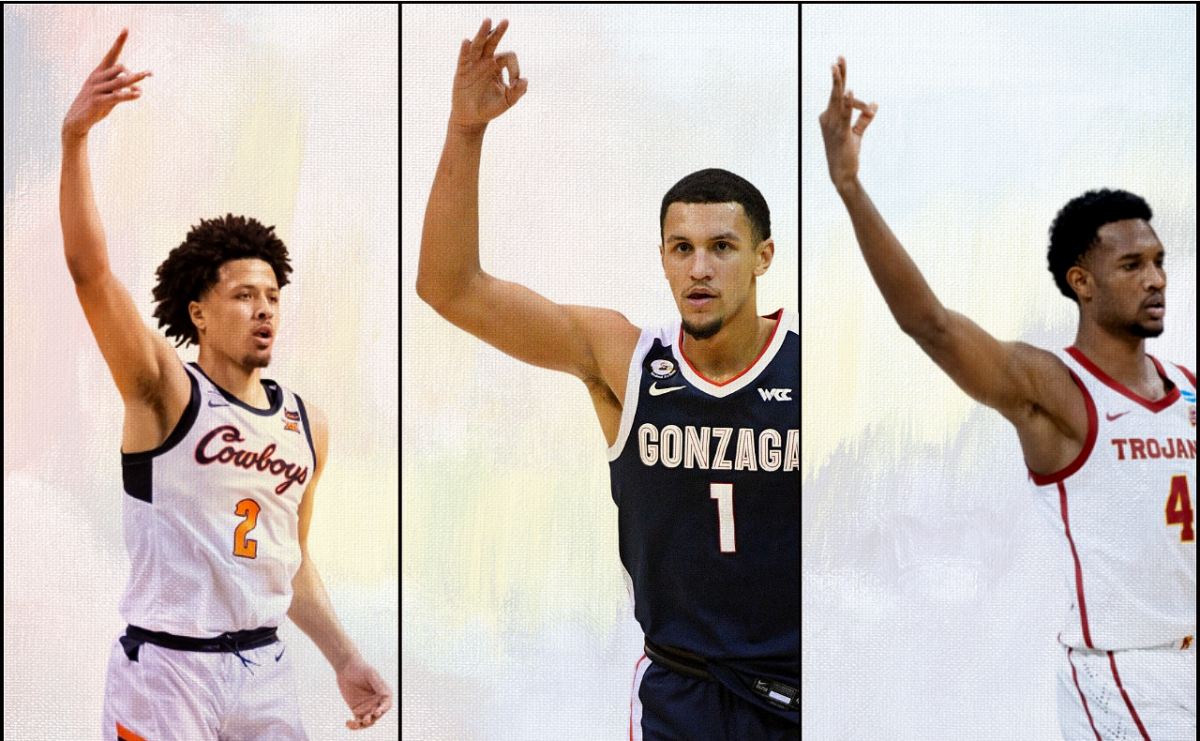Who owns the most real estate on Davion Mitchell Island? Who is buying stock in Sharife Cooper?
Everyone loves Cade Cunningham. It’s not a hot take for an analyst to say that Cunningham is their favorite player in the class. That’s not particularly interesting to read, either.
But what is fascinating, however, is when an analyst deviates from the norm and ranks someone significantly higher than where the prospect falls in other rankings. What does that tell us about their individual scouting process and what they value? Further, what does that tell us about the potential draftee?
Some folks call it “buying stock” in a player. Others, like ESPN’s Zach Lowe or The Ringer’s Bill Simmons, call it owning real estate on a player’s island. I like to refer to it as a “draft crush” when I wind up higher than consensus in my evaluation of a player.
My process is ridiculously tedious but the results can be fairly useful. I’ve tracked the evolution of more than sixty unique mock drafts, big boards and draft models from trusted analysts and popular accounts on Twitter.
Each placement is assigned a value based on Kevin Pelton’s draft pick trade value chart. I do this because, as Pelton notes, the difference in relative value between the No. 5 overall pick and the No. 7 overall is much more stark than, say, that of the No. 45 pick and the No. 47 pick.
After composing an aggregate score based on each ranking, I can see where each analyst strays from the pack.
I’ll leave the conclusions drawn from these results up to the reader. But if nothing else, this can eventually be used as a bragging point if one writer was higher than consensus on a draftee who eventually ends up outperforming his draft position.




